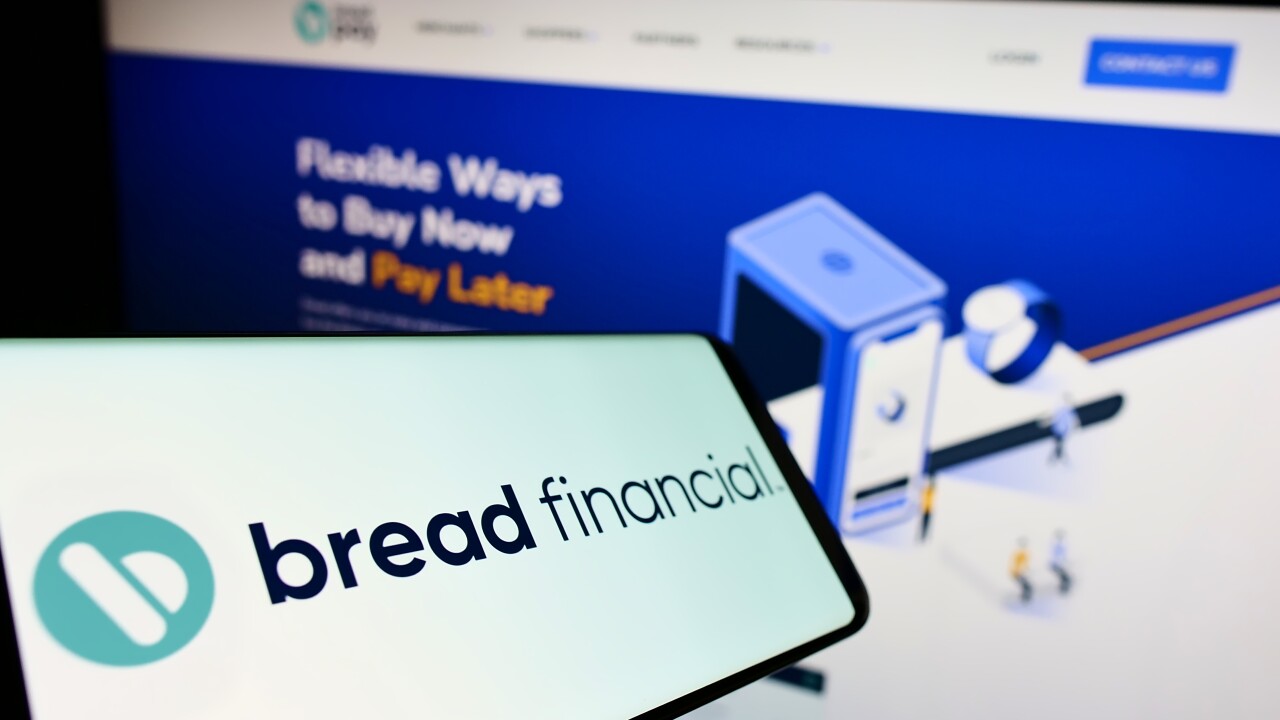PayPal announced a record-breaking quarter on multiple fronts including overall growth in total payment volume (TPV), an acceleration in monetization of Venmo users and a surge in Venmo TPV, yet one issue still dogs PayPal — it loses money on the majority of Venmo users.
In the third quarter, PayPal’s TPV grew by 27% to $179 billion from a year earlier, while Venmo TPV surged 64% to $27 billion over the same period. PayPal reported that Venmo’s volume equated to roughly $300 million in payments per day in the quarter and is now on track to achieve an annual run rate that exceeds $100 billion in TPV. PayPal also reported that an expansion in Venmo use cases, an increase in retailers adopting it for payments and the new
“Venmo continues to be an incredibly powerful platform for engaging consumers,” PayPal CEO Dan Schulman said in the Wednesday earnings call. “All of this is producing very strong monetization results. We ended Q3 with Venmo just shy of a $400 million annual revenue run rate.”

So on an annualized basis Venmo will generate $100 billion in TPV and generate $400 million in revenue. For perspective, in Q3 PayPal in total had $179 billion in TPV across all businesses and generated $4.38 billion in revenue.
Clearly PayPal has been making significant strides to monetize its
This means 65% of Venmo users cost PayPal money to support. PayPal did not provide any indication if the revenue being generated from the 35% of Venmo users who have been monetized eclipses the overall expenses.
The net result is that the monetization of Venmo could potentially still be years away, unless the Synchrony-issued Venmo credit card becomes a runaway success among Venmo users.
The other issue that represents a headwind for Venmo’s continued success is that its growth rate is continuing to slow when measured by TPV. In the third quarter of 2017 its year-on-year volume growth rate was 93%, which then fell to 78% in the third quarter of 2018 and was just reported for the third quarter of 2019 as 64%.
Meanwhile the bank P2P network
Monetizing Venmo is a big task and fixing the issue will take time and more deals such as the Synchrony credit card. While it is critical for PayPal to find new ways to generate money off of the Venmo user base, management is clearly appreciative of the efforts being undertaken.
“The Venmo team has made great strides in enhancing the use cases of Venmo,” said Schulman.





